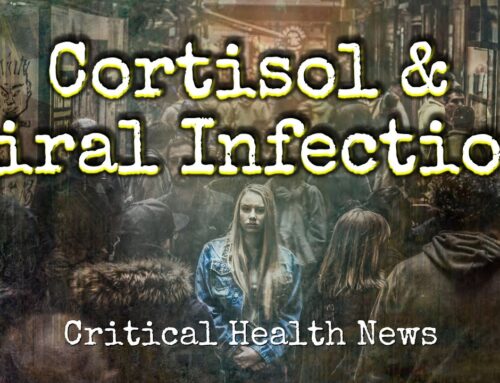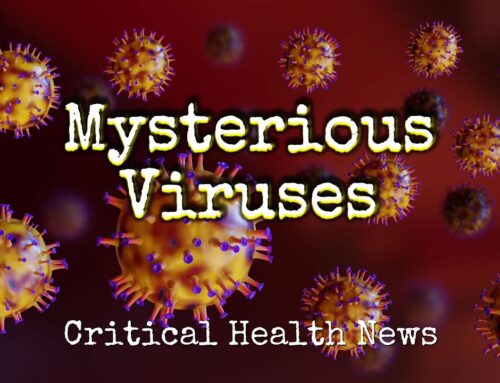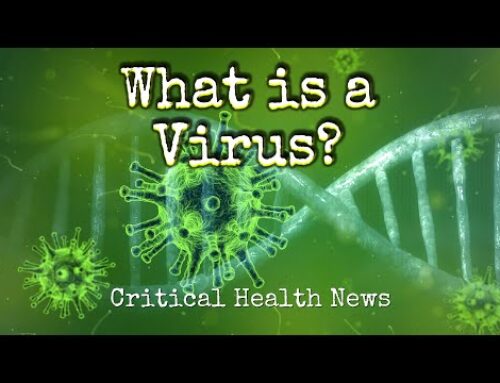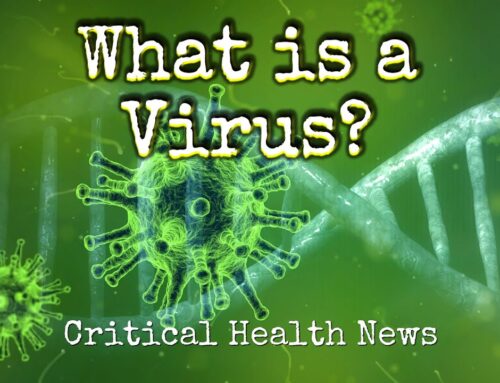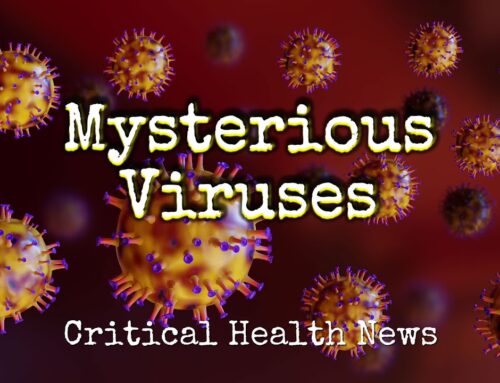Everyone has heard of viruses, but what exactly a virus and a viral infection are, for most of us is, shrouded in mystery. Viruses are coded DNA, a chemical that initiates all biochemistry and all life and is found shielded in the nucleus, a tightly guarded compartment hidden deep inside a cell. But DNA is not just found in the nucleus of cells.
As it turns out, every speck of dirt, air and water, as well as every living thing on the planet, is saturated with loose strands of non-cell DNA. Because it’s not contained in the nucleus, it is biochemically inactive. Many of these ubiquitous and inactive DNA strands are inside a protective coating and that’s what we call a virus. Most of the covered DNA strands, that is viruses, are harmless, but others are attracted to the cells of animals, plants and even bacteria.
If one of these viruses manages to make it into a cell and then into its nucleus, it can blend into that cell’s native DNA. Because DNA naturally replicates at that point, viral DNA will get replicated too. Because it isn’t a part of the cell’s DNA, but rather a foreign invader, it’s not associated with biochemistry and simply accumulates. When enough virus accumulates, it can interfere with cell chemistry, leading to cell death, then rupture and then the emission of millions of viral DNA particles. These particles can then affect other cells and the whole process starts all over again and that’s when we say we have a viral infection.


